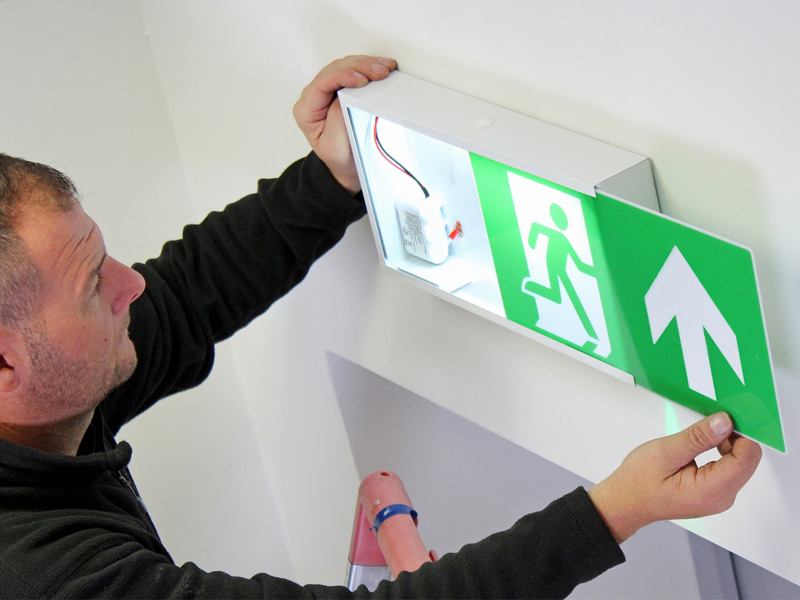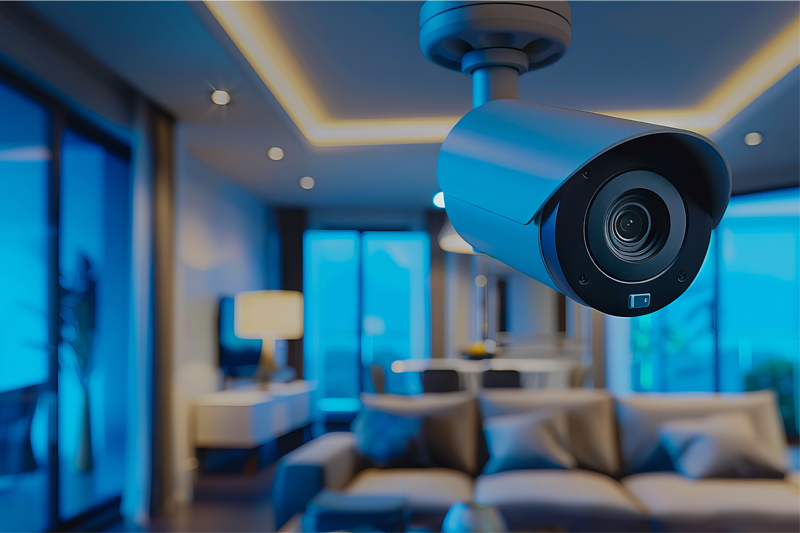Are you up to date with the code of practice for emergency lighting? Neil Baldwin, Commercial Director of ESP provides electrical wholesalers with details of the revisions to BS5266-1 2016 highlighting some of the main changes to the standard.
BS 5266-1:2016 gives detailed guidance on the application and practice of emergency lighting. The standard’s recommendations have been drawn up to encourage uniformity of application, based on providing adequate safety to people in the event that normal lighting is interrupted.
The standard aims to promote a wider understanding of the different types of emergency lighting system that can be used and give guidance on how different systems can be correctly applied to different categories of premises with varied requirements.
What does the standard cover?
This part of BS 5266 gives recommendations and guidance on the factors that need to be considered in the design, installation and wiring of electrical emergency escape lighting systems to provide the lighting performance needed for safe movement of people in the event of the supply to normal lighting failing. It also gives recommendations for lighting in areas with fixed seating.
The update was required to reflect the development and changes of national and international standards, but also to reflect the practice of allowing people to stay in premised in case of power supply failures rather than evacuating them unnecessarily.
Among the most significant changes within the revised standard are the following:
‘Stay put’ policy
Whilst emergency lighting recommendations are, primarily, intended to contribute to the safe evacuation of buildings on loss of the normal lighting, for some premises an immediate evacuation of all occupants may not be the most appropriate option in the event of a power supply interruption.
In premises occupied by unwell, infirm or vulnerable people – such as care or nursing homes – evacuation, in case of mains failure, may be difficult and involve safety risks. Therefore the risk assessment may determine that it is more appropriate for the occupants to remain in the building for extended periods on loss of the normal lighting supply. As a result the revised edition of BS5266-1 includes recommendations and guidance for a ‘stay put’ strategy.
Emergency safety lighting
To provide a safe environment for those who remain in the building, higher levels of illuminance and additional signage may need to be provided in particular areas or rooms.
Fire risk assessment
In the past the relevant fire officer used to issue a fire certificate, but this has now been changed and it is now a legal requirement for the end user to do a full site specific risk assessment. They have a duty of care to ensure full compliance by identifying fire hazards, identifying people at risk, evaluating the risk, recording all findings and keeping assessment under annual review.
Verifying existing premises
Where valid emergency lighting system documentation cannot be provided for an existing installation, the installation should be inspected for compliance with current emergency lighting standards and a certificate of verification should be completed and supplied to the owner/occupier of the premises. This is designed to provide feedback to the owner/occupier of the premises, on the existing system; identifying any deviations present and recommending the actions necessary to address them.
With the revision of BS 5266-1 emergency lighting, the way we approach emergency lighting as an industry has changed. The standard is now more complex and it is important that everyone involved is fully up to date with the changes and requirements. Wholesalers can play a part in passing on their knowledge to customers looking to procure emergency lighting solutions for their clients.
For Further Information
For further information, contact ESP on: 01527 515150, email: info@espuk.com or visit: www.espuk.com




